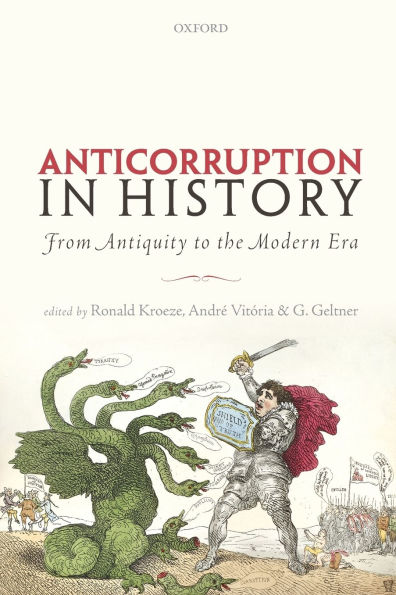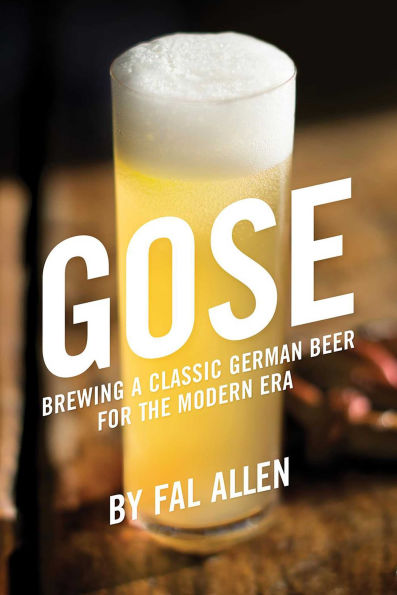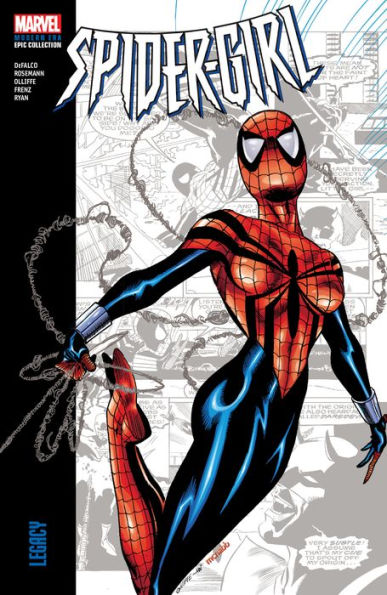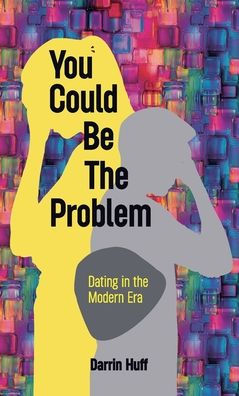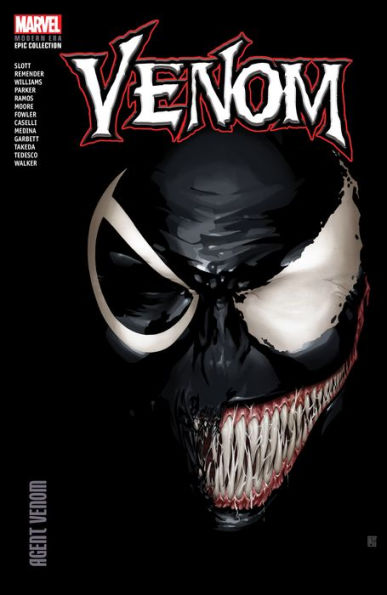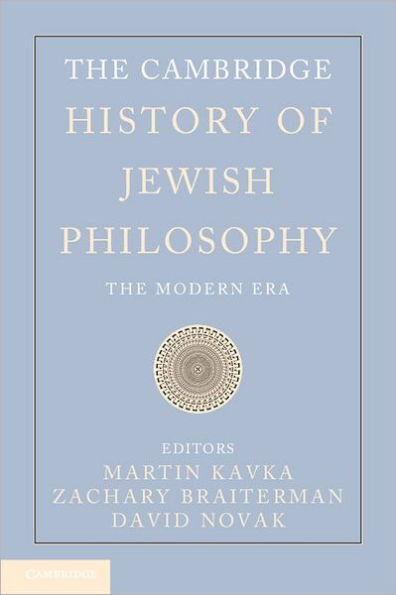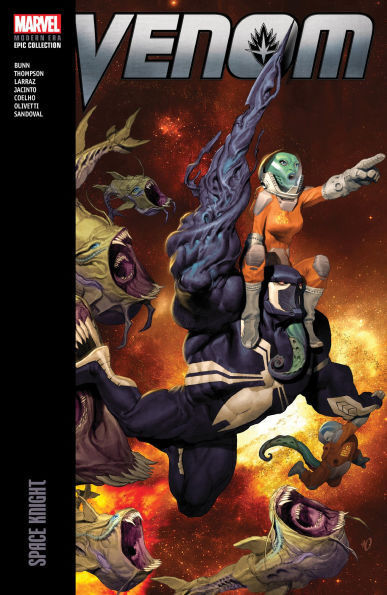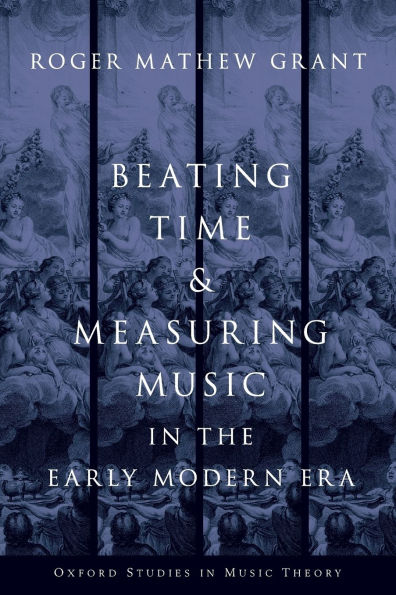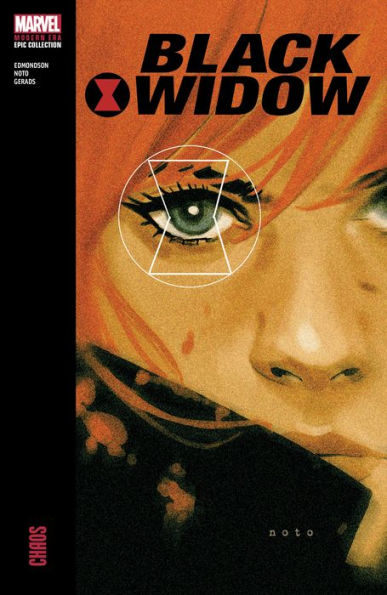Home
Staging the Absolute: Ritual Russia's Modern Era
Barnes and Noble
Loading Inventory...
Staging the Absolute: Ritual Russia's Modern Era in Bloomington, MN
Current price: $80.00


Staging the Absolute: Ritual Russia's Modern Era in Bloomington, MN
Current price: $80.00
Loading Inventory...
Size: Hardcover
Staging the Absolute
argues that an array of practices and beliefs came together to define an essential aspect of Russian and Soviet culture in the twentieth century: the persistent desire to interrupt – or disrupt – history. Drawing on sources that define the nature of public rituals, the book reveals the pervasive presence of the impulse to impede history in Russia’s modern era and the realization of the idea in the form of the Stalinist show trials of the 1930s.
Thomas Seifrid analyses Soviet festivals, public displays of agitational propaganda, and urban planning, together with such modernist precursors as fin-de-siècle and early twentieth-century projects for reviving the theatre, modernist adaptations of puppet theatre, the Faust legend and its vogue in early twentieth-century Russia, and the nineteenth-century panorama. The book reveals that what binds these otherwise disparate phenomena together is a shared impatience with history and a corresponding desire to appropriate urban space. Illuminating the deeper meanings in these revived archaic forms,
shows how pervasive the interest in disrupting history was in the Russian modern era.
argues that an array of practices and beliefs came together to define an essential aspect of Russian and Soviet culture in the twentieth century: the persistent desire to interrupt – or disrupt – history. Drawing on sources that define the nature of public rituals, the book reveals the pervasive presence of the impulse to impede history in Russia’s modern era and the realization of the idea in the form of the Stalinist show trials of the 1930s.
Thomas Seifrid analyses Soviet festivals, public displays of agitational propaganda, and urban planning, together with such modernist precursors as fin-de-siècle and early twentieth-century projects for reviving the theatre, modernist adaptations of puppet theatre, the Faust legend and its vogue in early twentieth-century Russia, and the nineteenth-century panorama. The book reveals that what binds these otherwise disparate phenomena together is a shared impatience with history and a corresponding desire to appropriate urban space. Illuminating the deeper meanings in these revived archaic forms,
shows how pervasive the interest in disrupting history was in the Russian modern era.
Staging the Absolute
argues that an array of practices and beliefs came together to define an essential aspect of Russian and Soviet culture in the twentieth century: the persistent desire to interrupt – or disrupt – history. Drawing on sources that define the nature of public rituals, the book reveals the pervasive presence of the impulse to impede history in Russia’s modern era and the realization of the idea in the form of the Stalinist show trials of the 1930s.
Thomas Seifrid analyses Soviet festivals, public displays of agitational propaganda, and urban planning, together with such modernist precursors as fin-de-siècle and early twentieth-century projects for reviving the theatre, modernist adaptations of puppet theatre, the Faust legend and its vogue in early twentieth-century Russia, and the nineteenth-century panorama. The book reveals that what binds these otherwise disparate phenomena together is a shared impatience with history and a corresponding desire to appropriate urban space. Illuminating the deeper meanings in these revived archaic forms,
shows how pervasive the interest in disrupting history was in the Russian modern era.
argues that an array of practices and beliefs came together to define an essential aspect of Russian and Soviet culture in the twentieth century: the persistent desire to interrupt – or disrupt – history. Drawing on sources that define the nature of public rituals, the book reveals the pervasive presence of the impulse to impede history in Russia’s modern era and the realization of the idea in the form of the Stalinist show trials of the 1930s.
Thomas Seifrid analyses Soviet festivals, public displays of agitational propaganda, and urban planning, together with such modernist precursors as fin-de-siècle and early twentieth-century projects for reviving the theatre, modernist adaptations of puppet theatre, the Faust legend and its vogue in early twentieth-century Russia, and the nineteenth-century panorama. The book reveals that what binds these otherwise disparate phenomena together is a shared impatience with history and a corresponding desire to appropriate urban space. Illuminating the deeper meanings in these revived archaic forms,
shows how pervasive the interest in disrupting history was in the Russian modern era.


